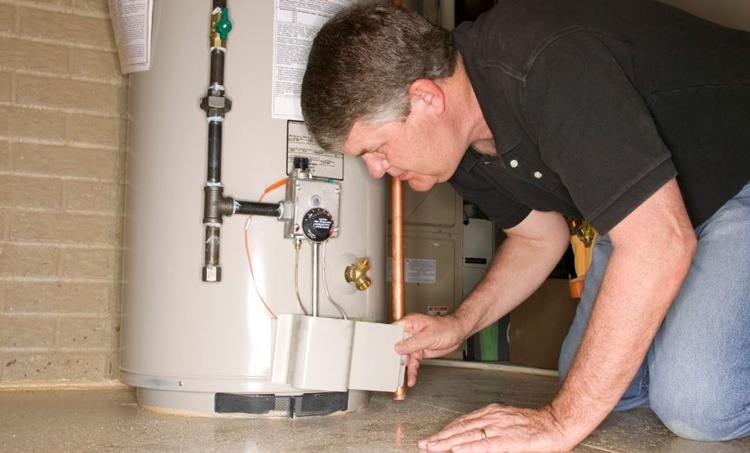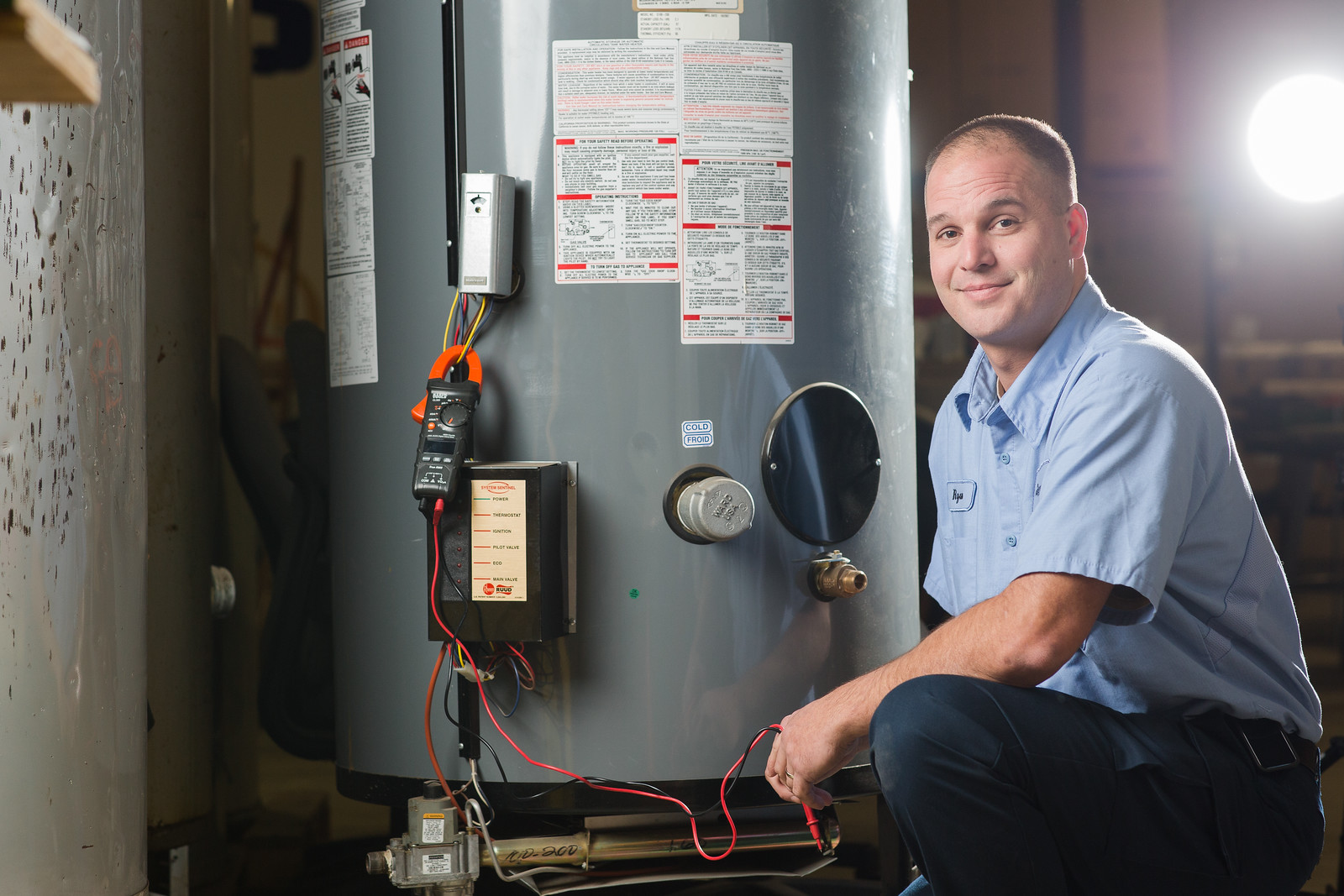What to Care for Your Home's Hot Water System Effectively
What to Care for Your Home's Hot Water System Effectively
Blog Article
We have uncovered this post pertaining to Tips For Maintaining Your Hot Water Heater directly below on the web and decided it made good sense to quickly share it with you in this article.

Hot water is necessary for day-to-day comfort, whether it's for a rejuvenating shower or washing meals. To guarantee your warm water system runs successfully and lasts much longer, routine maintenance is crucial. This write-up provides useful ideas and understandings on just how to keep your home's warm water system to avoid disruptions and costly repair services.
Intro
Keeping your home's warm water system could appear daunting, but with a few basic actions, you can guarantee it runs efficiently for several years ahead. This guide covers everything from understanding your hot water system to DIY maintenance suggestions and understanding when to contact expert assistance.
Significance of Maintaining Your Warm Water System
Normal upkeep not only extends the lifespan of your warm water system but also ensures it operates efficiently. Overlooking maintenance can lead to decreased efficiency, greater power bills, and also early failing of the system.
Indicators Your Warm Water System Requirements Maintenance
Knowing when your hot water system requires focus can avoid major issues. Look out for indications such as inconsistent water temperature, weird sounds from the heater, or rusty water.
Understanding Your Hot Water System
Before diving right into upkeep jobs, it's handy to understand the basic parts of your warm water system. Typically, this consists of the hot water heater itself, pipelines, anode rods, and temperature controls.
Regular Monthly Maintenance Tasks
Regular monthly checks can help capture small problems before they escalate.
Flushing the Water Heater
Purging your hot water heater gets rid of debris accumulation, improving efficiency and prolonging its life.
Monitoring and Changing Anode Rods
Anode poles avoid corrosion inside the container. Examining and replacing them when broken is critical.
Checking and Changing Temperature Settings
Readjusting the temperature level settings guarantees optimum efficiency and security.
DIY Tips for Upkeep
You can do numerous maintenance tasks on your own to maintain your hot water system in top problem.
Checking for Leaks
Regularly check pipes and links for leakages, as these can result in water damage and greater expenses.
Testing Stress Relief Valves
Testing the stress relief valve ensures it operates appropriately and stops excessive stress accumulation.
Insulating Pipelines
Insulating warm water pipes lowers warm loss and can save power.
When to Call a Professional
While do it yourself maintenance is beneficial, some concerns need specialist competence.
Complex Problems Requiring Specialist Help
Instances include significant leaks, electric problems, or if your hot water heater is regularly underperforming.
Regular Expert Upkeep Advantages
Specialist maintenance can consist of comprehensive examinations, tune-ups, and guaranteeing conformity with security criteria.
Conclusion
Normal maintenance of your home's warm water system is essential for effectiveness, long life, and cost savings. By complying with these tips and understanding when to look for professional aid, you can ensure a trustworthy supply of hot water without unforeseen disturbances.
How to Maintain an Instant Hot Water Heater
Before tinkering with your hot water heater, make sure that it’s not powered on. You also have to turn off the main circuit breaker and shut off the main gas line to prevent accidents. Also turn off the water valves connected to your unit to prevent water from flowing into and out of the appliance. 2. When you’re done, you have to detach the purge valves’ caps. These look like the letter “T†and are situated on either side of the water valves. Doing so will release any pressure that has accumulated inside the valves while at the same time avoid hot water from shooting out and burning your skin. 3. When the purge valves’ caps are removed, you have to connect your hosing lines to the valves. Your unit should have come with three hoses but if it didn’t, you can purchase these things from any hardware or home repair shops. You can also get them from retail stores that sell water heating systems. Read the user’s manual and follow it to complete this task properly. When the hosing lines are connected, open the purge port’s valves. 4. You should never use harsh chemical cleaners or solutions when cleaning your unit. Make use of white vinegar instead. It should be undiluted and you’ll probably use about 2 gallons. 5. Now flush your water heater. This task should probably take about 40 minutes. We can’t give you specific directions for this because the procedure is carried out depending on the type, model and brand of your heater. With that being said, refer to the user’s manual. 6. When you’re done draining the unit, you have to turn off the purge port valves again. Remove the hosing lines that you earlier installed on each of the water valves. Put the valve caps (purge port) back in their respective places and be very careful so as not to damage the rubber discs that are found inside these caps. 7. Now that everything’s back in place, check your user’s manual again to find out how to reactivate your water heating system. 8. Once it is working, turn one of your hot water faucets on just to let air pass through the heater’s water supply pipes. Leave the tap on until water flows smoothly out of it. https://www.orrplumbing.com/blog/2014/september/how-to-maintain-an-instant-hot-water-heater/

Do you like reading up on Tips on Maintaining a Water Heater? Try to leave a remark further down. We'd be glad to hear your suggestions about this posting. Hoping to see you back again later on. Do you know someone else who is interested in Tips on Maintaining a Water Heater? Why not promote it. I praise you for being here. Please check our website back soon.
Order Repair Report this page